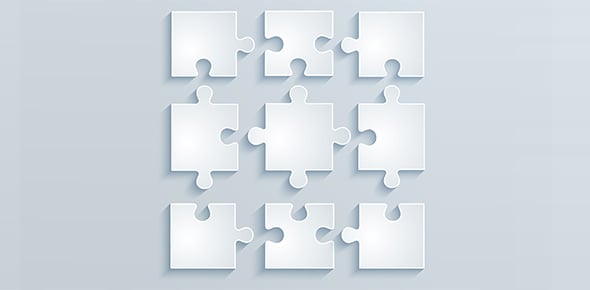Biology Understanding Blood, Immunity, and Ecosystems Explained: Meaning, Importance & Applications
Lesson Overview
Biology is the scientific study of living organisms, including their structures, functions, growth, and interactions with the environment. Studying biology helps us understand life in all its forms, from microscopic bacteria to gigantic whales. This lesson will explore important biological concepts in depth, preparing you thoroughly for academic assessments and helping you appreciate the wonder of life around you.

What Are Blood Components and Their Functions?
Blood is a vital fluid that transports oxygen, nutrients, and waste products throughout the body. Blood consists of several essential components, each with unique functions.
Platelets
Platelets are tiny cell fragments critical for blood clotting.
- Role of Platelets:
- Form blood clots to stop bleeding.
- Prevent infections at injury sites.
Without platelets, even minor injuries could lead to severe bleeding and health complications.
Plasma
Plasma is the liquid component of blood that carries other cells and substances.
- Functions of Plasma:
- Transports hormones and nutrients to different body parts.
- Removes waste products like carbon dioxide and urea.
- Helps regulate body temperature.
If plasma could not perform effectively, cells would not receive vital nutrients, and the body's waste removal process would fail.
White Blood Cells
White blood cells defend the body against infections and diseases.
- Functions of White Blood Cells:
- Identify and destroy pathogens like bacteria and viruses.
- Help build immunity by remembering previous invaders.
Without sufficient white blood cells, your body would become vulnerable to infections.
How Does the Human Immune System Work?
The immune system consists of organs, tissues, and cells working together to protect the body from harmful organisms.
Lymphatic System
The lymphatic system plays a crucial role in immune responses.
- Components:
- Lymph nodes filter and trap germs.
- Lymph vessels transport lymph fluid and immune cells.
- Functions:
- Protect against pathogens.
- Regulates fluid balance in the body.
A well-functioning lymphatic system helps you recover from illnesses faster and prevents future infections.
What Is Cellular Biology?
Cells are the basic building blocks of all living organisms.
Single-Celled Organisms
Single-celled organisms carry out all life functions within one cell.
- Example: Amoeba
- Moves by extending pseudopodia (false feet).
- Eats by engulfing food particles.
Single-celled organisms show how efficiently life processes can occur in limited spaces.
Cell Structures and Functions
Cells have specific structures, each performing critical tasks.
- Nucleus:
- Acts as the control center of the cell.
- Stores genetic material (DNA).
- Mitochondria:
- Generate energy needed for cell functions.
Understanding these structures helps us appreciate how complex life processes are carried out at the microscopic level.
What Are Human Reflex Actions?
Reflex actions protect the body through quick, automatic responses to stimuli.
- Example: Pulling your hand away quickly from a hot surface.
Reflex actions happen without conscious thought, significantly reducing injury risk.
Take This Quiz
Why Are Nutrition and Digestion Important?
Good nutrition involves obtaining essential nutrients necessary for energy, growth, and cell repair.
Importance of Fiber
Fiber is essential for digestive health.
- Functions of Fiber:
- Assists in digestion by moving food through the digestive tract.
- Prevents constipation and other digestive disorders.
Adequate fiber intake ensures a healthy digestive system and improves overall health.
How Do Ecosystems and Biodiversity Function?
Ecosystems include interactions between living organisms and their environment.
- Components of Ecosystems:
- Animals, plants, fungi, water, soil, sunlight.
- Functions:
- Sustain life by recycling nutrients.
- Maintain ecological balance.
Biodiversity ensures ecosystem resilience and stability.
Environmental Phenomena
Certain natural events significantly impact ecosystems.
- Example: Algal Blooms (Red Tides)
- Result from excessive algae growth in water.
- Can produce toxins harmful to marine life and humans.
Understanding environmental phenomena helps us manage ecosystems better and protect human health.
What Is Bioluminescence?
Bioluminescence is the ability of some organisms to produce light naturally.
- Examples of Bioluminescent Organisms:
- Fireflies, glowworms, certain fish.
- Functions:
- Attract mates.
- Deter predators.
- Lure prey.
Bioluminescence provides evolutionary advantages in dark environments.
Take This Quiz
Rate this lesson:
 Back to top
Back to top
(104).jpg)
